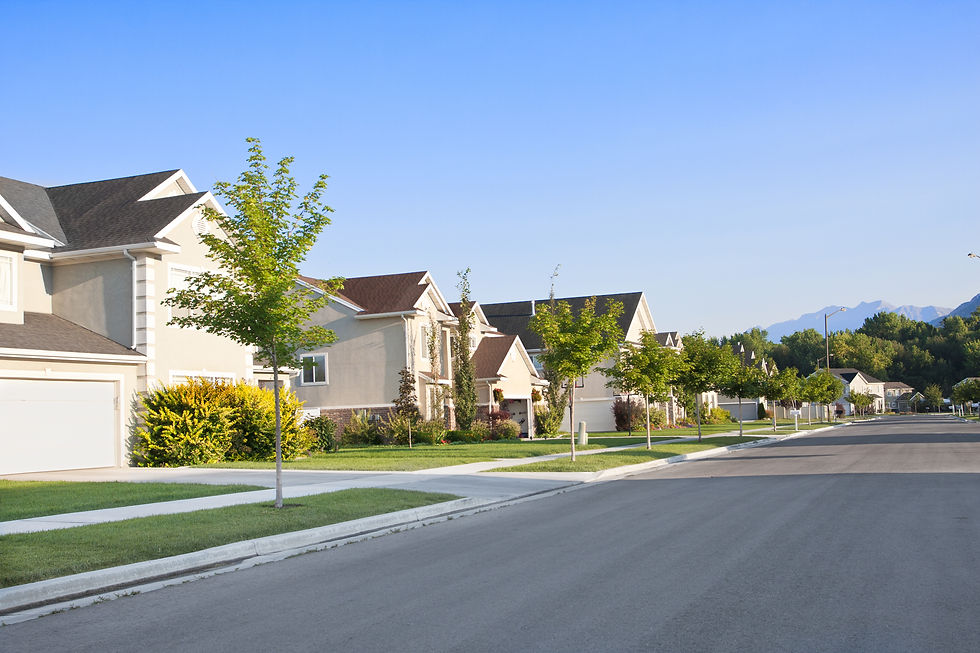Goodwill
- Steve Russo
- Aug 15, 2014
- 3 min read
75 Years in the making. By Heather Alexander
This year Goodwill Industries of the Inland Northwest is celebrating 75 exciting years of serving our community. It’s exciting to look back at all that has been accomplished and how we have impacted our communities, because of their support, in those 75 years.
Goodwill first came to our region in 1939. It was a season of challenges and uncertainty, nationally and internationally. Germany and the Soviet Union were on the offensive in Europe, launching World War II. On the home front, many Americans were struggling through the tail end of the Great Depression. Average wages per year were $1730, if you were lucky enough to have a job. A gallon of gas cost 10 cents. A loaf of bread cost 8 cents, and a pound of hamburger cost 14 cents. The unemployment rate was 17%. People in even the best of circumstances, with no barriers to employment, were struggling.
It was this struggle that prompted a conversation about Goodwill between Dr. Ernest Harold and Reverend Charles Estabrook, on the steps of the Rockford Methodist Church in 1938. Reverend Estabrook later wrote, “Some weeks later I was informed that I had been appointed Superintendent of Goodwill Industries of Spokane, but as yet no such institution existed, except on paper. I wondered how I could be superintendent of an organization that did not exist, but my job was to start a Goodwill with no money, no merchandise, and no workers.”
The Estabrooks took the charge to start a Goodwill to heart. Rev. Estabrook, his wife and daughters traveled through the neighborhoods of Spokane and to the homes of their church members, collecting discarded clothing and furnishings. The family “cleaned, mended and pressed until we had quite a nice stock ready to sell.”
The Estabrooks found a building to house the first Goodwill store – a small shack located at 130 E. Third Avenue (site of the Administrative Offices of Goodwill Industries of the Inland Northwest today). The doors opened on December 5, 1939 – with $43 in debt, 2 helpers, and Rev. Estabrook as the Superintendent. All of them worked for 6 months with no pay.
By 1945, the mission of Goodwill caught hold in the community. $50,000 was raised to build a two story building, measuring 80 feet by 100 feet, on Third Avenue in Spokane to house a production area, offices, and store. By 1950, Goodwill of Spokane was financially stable enough to offer paid vacations and holidays off with pay to employees.
By 1952, Goodwill of Spokane was posting sales of $45,000 a year. At this time, and for many more years, Goodwill operated as a ”sheltered workshop,” employing 20-30 people with disabilities. These men and women repaired the donations that came in, learning a marketable trade. Goodwill had a variety of workshops, including a cabinetry business, a laundry facility, a shoe repair workshop, and a sewing department. Mended and cleaned donations were sold in the one Goodwill store.
In the 1960s, society began to change and realize that an integrated workplace is healthy and productive for all involved. Today, Goodwill focuses on training individuals, helping them overcome barriers to employment, establish stability, and get jobs in the community, rather than creating a “sheltered” work environment for people with disabilities.
Seventy-five years after opening our doors in a small shack to help people in Spokane, Goodwill has expanded to become Goodwill Industries of the Inland Northwest, serving 23 counties in Central/Eastern Washington and Northern Idaho. We operate a whole fleet of small trucks and semi-trucks to manage our 20 million pounds of donations. We have 12, soon to be 13, stores throughout the region. We operate online sales. We employ more than 500 people throughout our region, and impact more than 6000 people every year through our service programs.
Oh, how we’ve grown! And you, our community, have made that possible. By donating and shopping at Goodwill, you have made it possible for Goodwill to train men and women and get them employed in the community. You have made it possible for homeless veterans to find the pride and freedom of a home. You have made it possible for youth to overcome the obstacles that keep them from dreaming and planning for a career. You have made it possible for men and women to transform, and say “I CAN” through services at Goodwill.
What can we do together in the next 75 years?





Comments